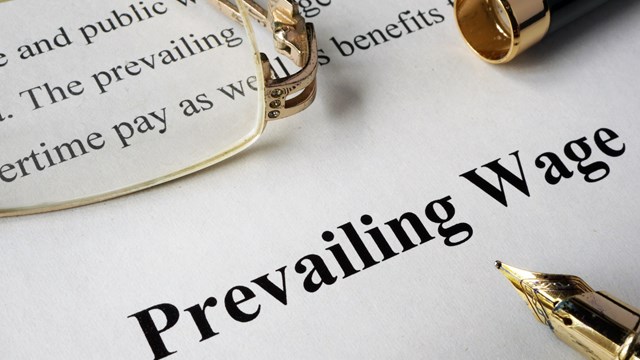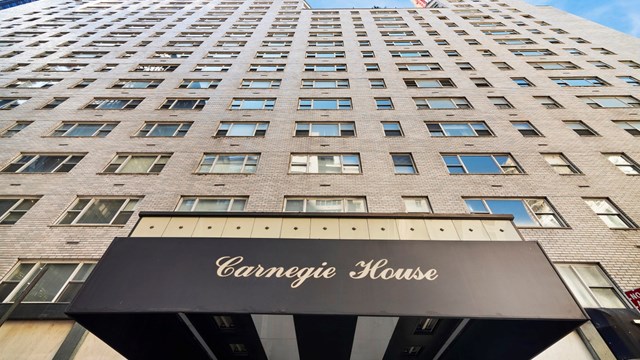The “Green Movement” has quickly gone from fad to trend to global initiative. In the U.S., corporations as well as commercial and residential property owners are being challenged to find ways to embrace ‘Green Initiatives’ in response to demands for greater sustainability, social accountability and profitability.
Guided by the U.S. Green Building Council’s Leadership in Energy and Environmental Design (LEED) certification program, energy efficiency, resource conservation and environmental sustainability are increasingly important factors in maximizing asset value. Of course, many of today’s commercial buildings are anything but green. Outdated heating, ventilation and air conditioning (HVAC) systems can result in continually increasing operating costs. Antiquated and drafty windows, leaking pipes, old asbestos panels, and new patches of mold can create a costly environmental nightmare.
For those investors and businesses saddled ‘brown’ properties, one approach is to undertake expensive renovations, hoping upgrades to building and systems eventually pay off in terms of higher rents and lower operating costs. But many property owners and corporations are now also using a 1031 Tax-Deferred Exchange strategy to quickly divest themselves of environmentally-outdated properties and acquire modern, energy-efficient ones thus solving financial and ‘green’ needs.
How Does It Work?
Under IRS Code Section 1031, a taxpayer can defer payment of capital gains, depreciation recapture and other state taxes on the sale of investment or business property provided the proceeds are used to purchase replacement property within certain timeframes. To qualify for a Safe Harbor Protection tax deferral, proceeds must be held by a Qualified Intermediary (QI) between the sale of the relinquished property and the purchase of the replacement property.
For property investors and corporations considering exchanging their investment residential or commercial properties, “going green” offers a host of highly tangible benefits:
• Lower operating costs
• Ability to attract a higher class of tenants
• Greater leasing value
• A higher cap rate
• Potential to increase asset value
Property owners also enjoy the personal satisfaction, goodwill and potential positive publicity generated by taking action to improve the environment. For corporations that have included sustainability and environmental concern as corporate goals, 1031 Tax-Deferred Exchanges deliver immediate results to that bottom line.
Why Use a 1031 Approach?
Sophisticated property investors have used 1031 tax-deferred exchanges for many years as a highly-effective strategy to preserve their wealth and grow assets by reinvesting part or all of the equity plus tax savings from sale of the first building into the next property.
Under a typical 1031 exchange, the owner relinquishes an income-producing property, then identifies and purchases a replacement property of equal or greater value in accordance with strict rules.
The owner can then defer paying a 15 percent federal tax on any capital gains, all applicable state income taxes, and a possible 25 percent recapture on the accelerated depreciation and applicable state income taxes. A property owner who plans to go green with the new property may also be eligible for a growing number of federal, state, and local incentives as well.
An added benefit, 1031 exchanges also provide flexibility in terms of a real estate investment strategy. An owner can consolidate several holdings and purchase better-performing properties while deferring the tax consequences indefinitely. And 1031 exchanges can be used with virtually any type of business or investment property, including hotels, apartment buildings, motels, shopping centers, warehouses, oil and gas, and even residential homes and land held for investment.
Cases in Point
In 2007, an investment property owner renting three single-family homes with septic tanks in a major metropolitan suburb learned those homes needed a costly connection to municipal water and sewer services. The far-sighted owner used a 1031 exchange to relinquish the three properties and rolled all of the profits including the deferred taxes into the purchase of a new strip shopping center.
Recently, another investor also completed a 1031 exchange. He purchased a decaying hotel in a rural Western setting as his replacement property. In this case, the investor used the equity and tax savings gained in the exchange to turn a ‘brown’ property into a ‘green’ one. He renovated the facility into a modern executive conference lodge and cleaned up a muddy stream running through the property. Today, the property is a popular destination retreat with a much higher valuation. Retreat guests now can walk down to the stream and catch large brown trout—a true example of the greening of America.
Creative Exchange Strategies
Because the green building movement is still in its infancy in the U.S., many property investors seeking to capitalize on these benefits may be faced with construction and renovation issues. Fortunately, there are several variations on a traditional 1031 strategy that can allow an owner to develop or build a modern energy-efficient property and still enjoy potential tax advantages.
One 1031 exchange strategy is a “reverse construction exchange.” In this case, the taxpayer first closes on the purchase of the replacement property, and then sells the currently-owned property within 180 days. A property investor could also purchase a new property while it is still under construction and enjoy the 1031 tax advantages, provided the current value of the new property is equal to or greater than the prior holding at the time of transfer to the taxpayer of the replacement property.
There are a variety of ways for corporations and real estate investors to use 1031 exchanges to upgrade their holdings and reap the social, sustainability and financial benefits of going green. For the 1031 investor or corporation utilizing a 1031 exchange strategy, going green offers a win-win proposition: for both the investor and the community where the property is located.
Stephen A. Wayner, Esq., C.E.S., is an attorney and first vice president of Bayview 1031, and Eric Goldberg, Esq., is a business development consultant with the company and a member of the New York Bar.







Comments
Leave a Comment